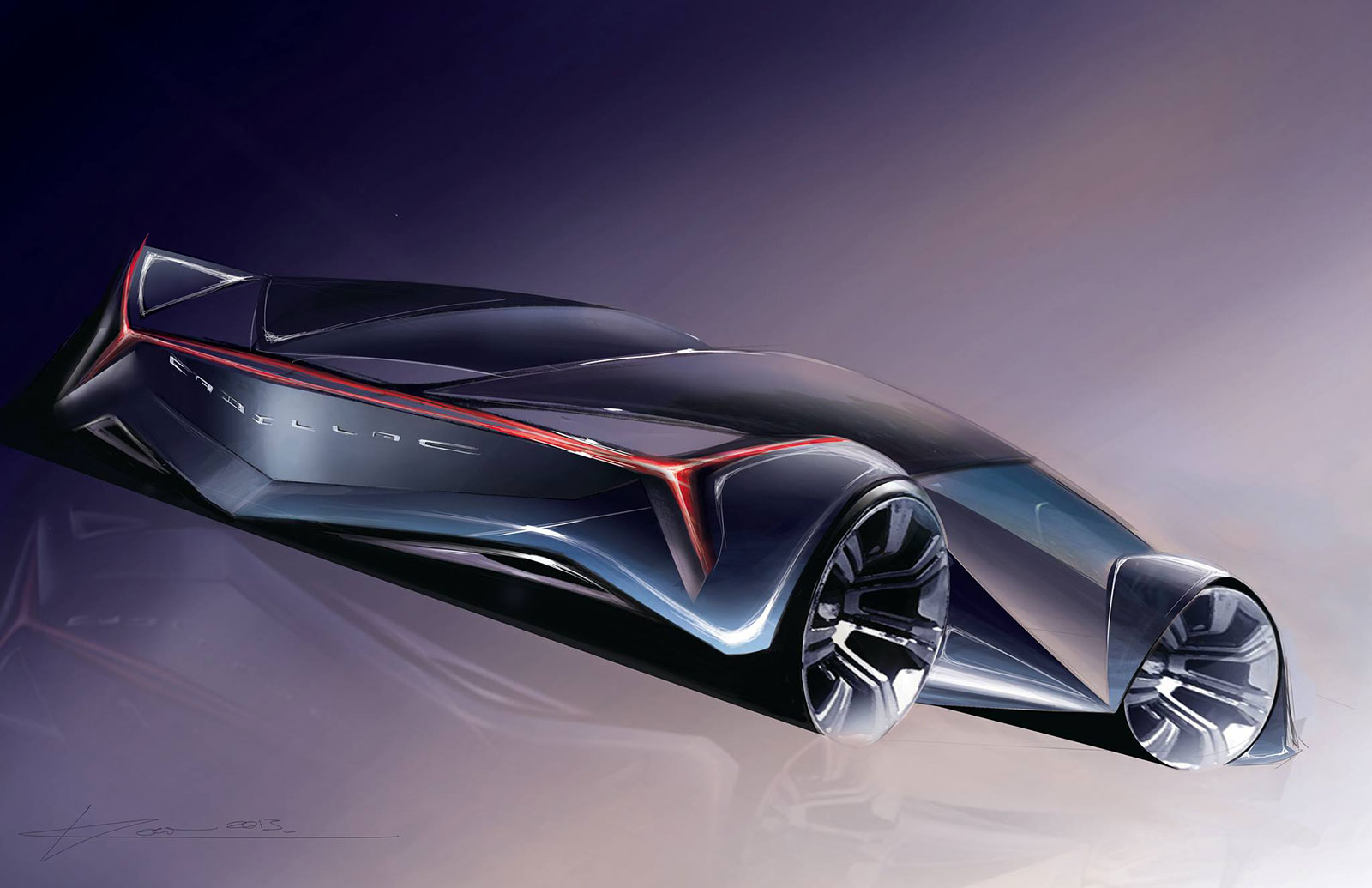Automotive design is the process of creating the look and feel of an automobile. It encompasses everything from the exterior styling to the interior layout, and it plays a critical role in the success of a new vehicle.
There are many different factors that go into automotive design, including aerodynamics, safety, ergonomics, and aesthetics. Designers must also consider the needs of the target market, as well as the latest trends in automotive design.
The automotive design process typically begins with a concept sketch. This is a rough drawing that gives the designer a starting point for developing the vehicle’s overall shape and style. Once the concept sketch is approved, the designer will create a more detailed clay model. This model is used to test the vehicle’s aerodynamics and to get a better sense of how it will look in real life.
After the clay model is complete, the design team will create computer-aided design (CAD) models of the vehicle. These models are used to create prototypes, which are test vehicles that are used to verify the design and to gather feedback from potential customers.
Once the design is finalized, the vehicle is ready for production. The production process involves creating molds and tooling, as well as assembling the vehicle from its component parts.
Automotive design is a complex and challenging process, but it is also a very rewarding one. When a new vehicle is designed well, it can be a work of art that is both functional and beautiful.
Here are some of the key trends in automotive design:
- Sustainability: There is a growing demand for more sustainable vehicles, and automotive designers are responding by incorporating features such as hybrid and electric powertrains, lightweight materials, and aerodynamic design.
- Connectivity: Drivers are increasingly demanding connected vehicles that offer features such as in-car Wi-Fi, navigation, and entertainment systems. Automotive designers are incorporating these features into vehicle designs in a way that is both functional and stylish.
- Safety: Safety is always a top priority for automotive designers, and they are constantly looking for ways to improve the safety of vehicles. Recent trends in safety design include features such as automatic emergency braking, lane departure warning, and adaptive cruise control.
- Technology: New technologies are constantly emerging that have the potential to revolutionize automotive design. For example, 3D printing is already being used to create prototypes and parts for vehicles, and it is likely to become more common in the future.
Automotive design is an ever-evolving field, and it is exciting to see what the future holds. With the continued development of new technologies and the growing demand for sustainable and connected vehicles, automotive designers will have the opportunity to create vehicles that are both stylish and functional.
In addition to the trends mentioned above, there are a number of other factors that are shaping the future of automotive design. These include:
- The rise of autonomous vehicles: Autonomous vehicles will have a major impact on automotive design. They will require new types of sensors and software, as well as a different approach to the design of the interior.
- The growth of the electric vehicle market: The electric vehicle market is growing rapidly, and this is driving demand for new types of battery technology and charging infrastructure. It is also leading to changes in the design of electric vehicles, as they need to be aerodynamic and lightweight to maximize range.
- The increasing popularity of SUVs and crossovers: SUVs and crossovers are becoming increasingly popular, and this is driving demand for new designs that offer more space and versatility.
The future of automotive design is bright, and it will be interesting to see how these trends shape the vehicles of the future.






